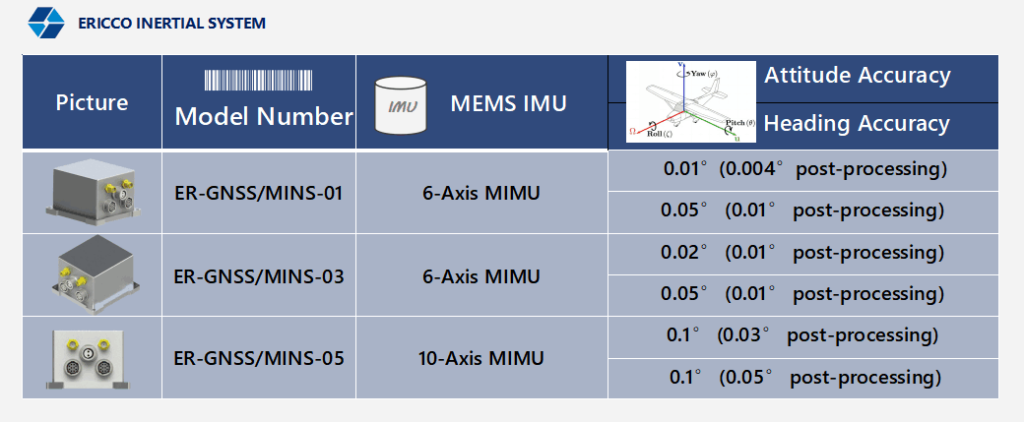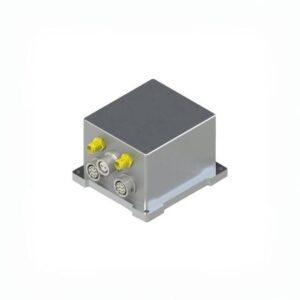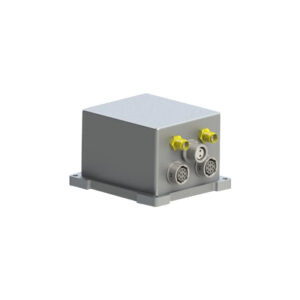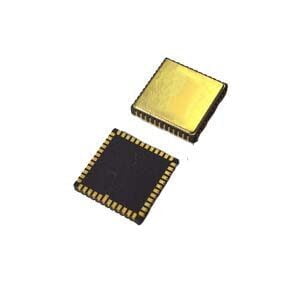MINS/GNSS integrated navigation, refers to the fusion of information from both MINS (MEMS INS) and GNSS (Global Navigation Satellite System). This integration combines the strengths of both systems to complement each other and achieve accurate PVA (Position, Velocity, Attitude) results.
Classification of MEMS Inertial Navigation Systems
After more than 30 years of development, MEMS inertial technology has advanced rapidly and seen wide application. Various practical MEMS inertial devices and MEMS INS have emerged, finding extensive use in fields such as aerospace, maritime, and automotive industries. Tactical-grade MEMS gyroscopes (with bias stability of 0.1°/h to 10°/h, 1σ) and high-precision MEMS accelerometers (with bias stability of 10⁻⁵g to 10⁻⁶g, 1σ) have marked the entry of tactical-grade MEMS INS into the model application stage.
Generally, MEMS inertial systems can be classified into three levels: Inertial Sensors Assembly (ISA), Inertial Measurement Unit (IMU), and Inertial Navigation System (INS), as illustrated in Figure 1.

- MEMS ISA: Comprised solely of three MEMS gyroscopes and three MEMS accelerometers, it lacks the capability to operate independently.
- MEMS IMU: Builds on the MEMS ISA by adding A/D converters, mathematical processing chips, and specific programs, enabling it to independently collect and process inertial information.
- MEMS INS: Further expands on the MEMS IMU by incorporating coordinate transformation, filtering processes, and auxiliary modules, which typically include magnetometers and GNSS receiver boards. Auxiliary sensors like magnetometers are particularly significant in aiding MEMS INS alignment and enhancing performance.
The three newly launched MEMS INS (Micro-Electro-Mechanical System Inertial Navigation System) models by Ericco, shown in the image below, are suitable for applications in drones, flight recorders, intelligent unmanned vehicles, roadbed positioning and orientation, channel detection, unmanned surface vehicles, and underwater vehicles.

How GNSS-Aided MEMS INS Works
GNSS provides users with all-weather, high-precision absolute position and time information, while inertial navigation systems (INS) offer high short-term resolution and strong autonomy. Their complementary characteristics enhance overall performance: INS can leverage its high short-term accuracy to provide GNSS with more continuous and complete navigation information, while GNSS can help estimate INS error parameters like bias, thus obtaining more precise observations and reducing INS drift.

Specifically, GNSS uses signals from orbiting satellites to calculate position, time, and velocity. As long as the antenna has a line-of-sight connection with at least four satellites, GNSS navigation achieves excellent accuracy. When satellite visibility is obstructed by obstacles like trees or buildings, navigation becomes unreliable or impossible.
INS calculates relative position changes over time using angular rate and acceleration information from the inertial measurement unit (IMU). The IMU comprises six complementary sensors arranged on three orthogonal axes. Each axis has an accelerometer and a gyroscope. Accelerometers measure linear acceleration, while gyroscopes measure rotational rate. With these sensors, the IMU can accurately measure its relative motion in 3D space.
INS uses these measurements to compute position and velocity. Another advantage of IMU measurements is that they provide angular solutions about the three axes. INS converts these angular solutions into local attitudes (roll, pitch, and yaw), providing this data along with position and velocity.

Real-Time Kinematic (RTK) is a mature high-precision positioning algorithm of GNSS, capable of achieving centimeter-level accuracy in open environments. However, in complex urban environments, signal obstructions and interferences reduce the ambiguity fixing rate, leading to decreased positioning capability. Therefore, researching GNSS RTK and INS integrated positioning systems is crucial for fields such as autonomous navigation, surveying and mapping, and motion analysis.
ER-GNSS/MINS-05 newly launched by Ericco is a Cost-efficient GNSS aided MEMS INS with a highly reliable MEMS IMU and a dual-antenna full-system full-band positioning and directional satellite module. It also integrates magnetometers and a barometer, which can calculate the size of the attitude Angle and help the drone navigate to the desired altitude. The system can provide accurate integrated navigation information, attitude up to 0.1°, post-processing 0.03°, heading 0.1°, post-processing 0.05°.
Conclusion
Integrating MEMS Inertial Navigation Systems (INS) with GNSS technology significantly enhances navigation accuracy by combining their strengths. MEMS INS, with its rapid advancement, is now widely used in aerospace, maritime, and automotive industries. GNSS provides precise positioning, while MEMS INS ensures continuous navigation, even during GNSS outages.
The ER-GNSS/MINS-05 by Ericco exemplifies this integration, offering high-precision navigation data, ideal for autonomous navigation, surveying, and motion analysis.
In summary, GNSS and MEMS INS integration revolutionizes navigation by improving accuracy, reliability, and versatility across various applications.
More Technical Questions
1. What Is GNSS-aided MEMS INS and How Does It Work?
2. How to Improve the Performance of MEMS Inertial Navigation Systems?
4. Classification And Performance Improvement Of MEMS Gyroscope
5. MEMS Accelerometer Packaging Technology
6. Performance Analysis of GNSS RTK Timing







